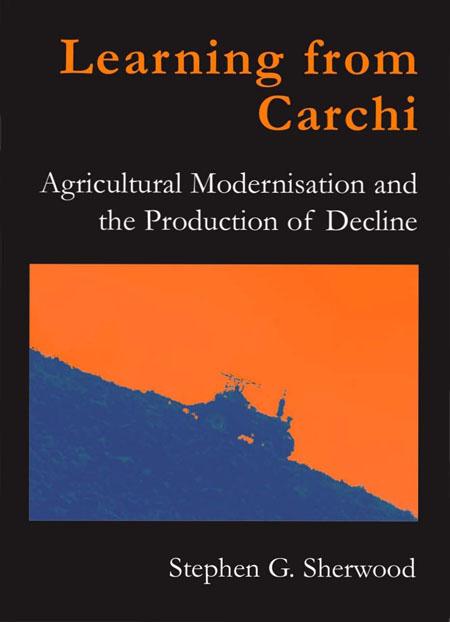Provided its natural endowments, generally educated rural population, infrastructure and market access to two countries, the Province of Carchi, located in the northernmost highlands of Ecuador, is potentially one of the most productive agriculture regions in the Andes. In the 1960s development experts and the government targeted the region as a model for agricultural modernisation. Following land reform and rapid organization around industrial era technologies, potato farming in Carchi boomed during the 1970s, evolving to dominate the landscape and become the major source of livelihoods in the province. By the early 1980s, Carchi came to produce nearly half the national potato harvest on less than a quarter of the country’s area dedicated to the crop. In the early1990s, however, production and productivity began to fall off, leading a growing number of rural families in Carchi to fall into debt and abandon potato farming.
The research reported here is the outcome of the author’s ten years of research and development practice in Carchi with the International Potato Center, the FAO’s Global IPM Facility, and World Neighbors. It reflects unfolding experience with different phases of hope, discovery, and ambition. Many aspects of the experience have been published elsewhere (see Appendix A). The resulting dissertation is not a case study in the sense of a case that tests a hypothesis. It is a monograph that attempts to produce a single coherent story over seemingly unrelated events, focusing on a second-generation problem: despite a decade of highly rigorous, scientific research on the pathologies of Carchi and multiple public demonstrations of feasible alternatives, little significant change was achieved.
